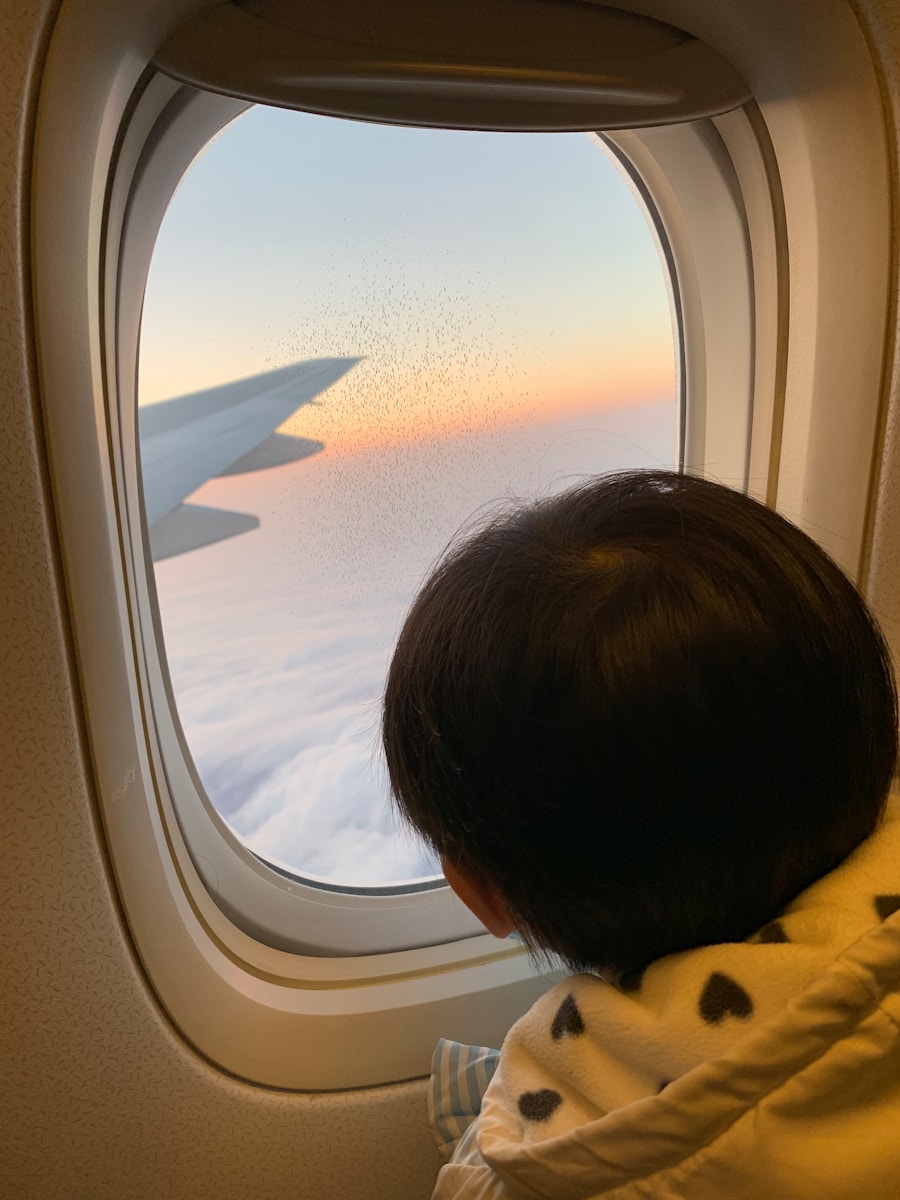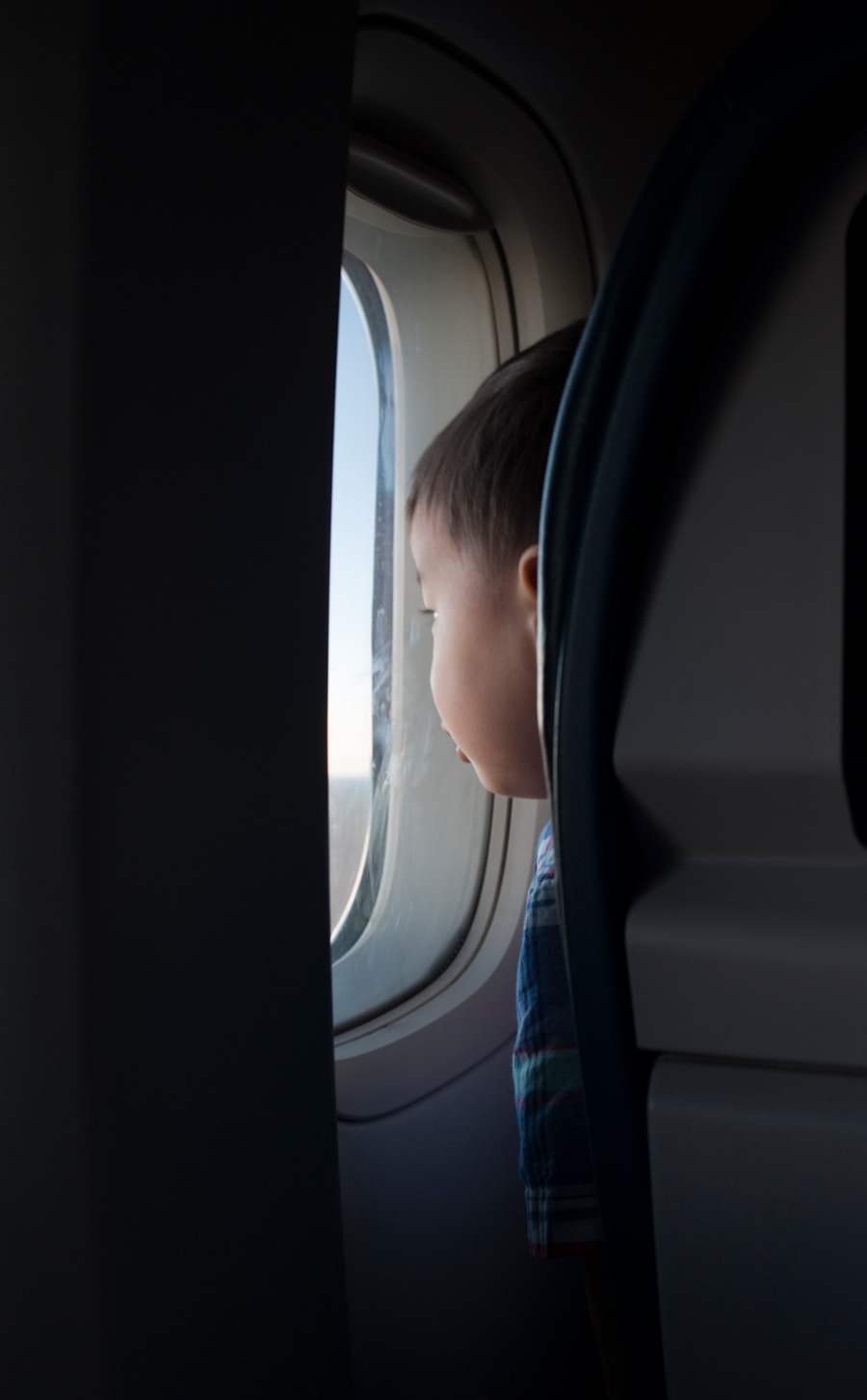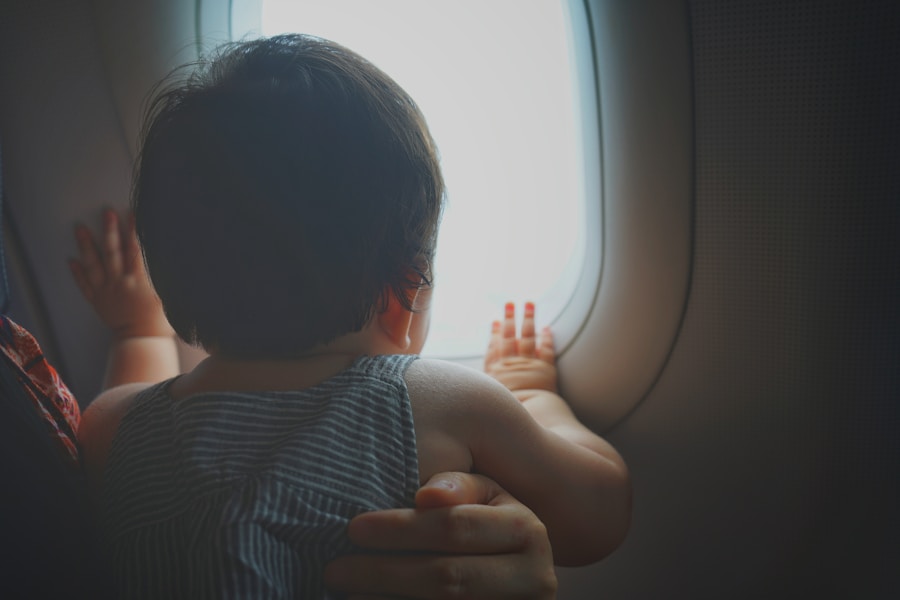When it comes to traveling with children, understanding the regulations is paramount. Each country has its own set of rules regarding minors, and these can vary significantly. You need to familiarize yourself with the laws of both your home country and your destination.
This includes knowing whether you need any special permissions or documents for your child to travel, especially if you are crossing international borders. Ignorance of these regulations can lead to unexpected delays or even prevent you from boarding your flight altogether. Moreover, regulations can change frequently, so it’s wise to check for updates before your trip.
For instance, some countries may require notarized letters of consent from non-traveling parents or guardians, while others might have specific age restrictions for unaccompanied minors. By staying informed, you can ensure a smoother travel experience and avoid any last-minute surprises that could disrupt your plans.
Types of Authorization
Parental Consent
The most common type of authorization is parental consent, which is often necessary when a child is traveling without both parents. The consent can take the form of a notarized letter that outlines the travel plans and confirms that both parents agree to the trip.
Essential Details
It’s essential to ensure that this document is clear and includes all necessary details, such as travel dates, destinations, and contact information. This will help avoid any confusion or complications during the trip.
Additional Forms of Authorization
In addition to parental consent, some countries may require additional forms of authorization depending on the circumstances. For example, if you are traveling with a child who is not your own, you may need a guardianship letter or other legal documentation proving your relationship to the child. Understanding these various types of authorization will help you prepare adequately and avoid any complications during your travels.
Requirements for Traveling with Children

Traveling with children comes with its own set of requirements that you must adhere to. First and foremost, you should check the age restrictions imposed by airlines and other transportation providers. Many airlines have specific policies regarding unaccompanied minors, including age limits and additional fees for supervision.
Knowing these requirements in advance will help you plan accordingly and ensure that your child is safe and comfortable throughout the journey. Additionally, some countries have specific entry requirements for minors. This may include proof of citizenship, such as a passport or birth certificate, as well as any necessary visas.
It’s crucial to gather all required documents well ahead of time to avoid any last-minute scrambles. By being proactive about these requirements, you can focus on enjoying your trip rather than worrying about compliance issues. (Source: CDC – Traveling with Children)
Documentation Needed
| Document Type | Number of Pages | Last Updated |
|---|---|---|
| User Manual | 50 | June 15, 2021 |
| Technical Specifications | 20 | July 5, 2021 |
| Training Materials | 35 | August 10, 2021 |
The documentation needed for traveling with children can be extensive, but being organized will make the process much smoother. At a minimum, you will need a valid passport for your child if you are traveling internationally. Ensure that the passport is up-to-date and will not expire during your trip, as many countries require that passports be valid for at least six months beyond your planned return date.
In addition to a passport, you may also need a birth certificate or other proof of relationship if you are traveling with a child who is not your own. This documentation can help clarify any questions that border officials may have about custody or guardianship. If applicable, having a notarized letter of consent from the non-traveling parent can further streamline the process and provide peace of mind during your travels.
Traveling with One Parent
Traveling with one parent can present unique challenges, particularly when it comes to legal documentation and permissions. If you are a single parent or traveling without the other parent, it’s essential to have all necessary paperwork in order. A notarized letter of consent from the non-traveling parent is often required by airlines and border control authorities to confirm that you have permission to take the child out of the country.
Additionally, be prepared for questions from customs officials regarding custody arrangements. Having documentation readily available can help alleviate any concerns they may have and expedite your passage through security checks. By being well-prepared, you can focus on creating lasting memories with your child rather than worrying about potential legal hurdles.
Traveling with a Guardian

If you are traveling with a guardian instead of a parent, there are specific considerations to keep in mind. A guardian is typically someone who has been given temporary custody or responsibility for the child during the trip. In this case, it’s crucial to have legal documentation that outlines the guardian’s authority to travel with the child.
This could include a notarized letter from the parents granting permission for the guardian to take the child on the trip. Furthermore, it’s advisable for guardians to carry identification that proves their relationship to the child, such as a birth certificate or adoption papers if applicable. This documentation will help clarify any questions that may arise during travel and ensure a smoother experience at checkpoints and border crossings.
By being prepared with the right paperwork, both guardians and children can enjoy their travels without unnecessary stress.
International Travel Considerations
International travel with children requires careful planning and consideration of various factors beyond just documentation. Different countries have different entry requirements for minors, which can include visas or health-related documents such as vaccination records. Before embarking on your journey, research the specific requirements for your destination country to ensure compliance.
Some countries have unique customs regarding children in public spaces or specific regulations about child safety in vehicles. Being aware of these cultural nuances will not only enhance your travel experience but also help you navigate any potential challenges more effectively.
Tips for Smooth Travel with Children
To ensure a smooth travel experience with children, preparation is key. Start by involving your child in the planning process; this can help them feel more excited about the trip and reduce anxiety about traveling. Discuss what they can expect during the journey, including airport security procedures and what will happen on the plane.
Pack wisely by bringing along snacks, entertainment options like books or tablets loaded with games and movies, and comfort items such as a favorite blanket or stuffed animal. Having these items on hand can make long waits at airports or delays during travel much more manageable for both you and your child. Lastly, maintain a flexible attitude throughout your travels.
Children can be unpredictable, and plans may not always go as expected. By staying calm and adaptable, you’ll create a more enjoyable atmosphere for everyone involved. Remember that travel is about creating memories together; embrace the journey and cherish each moment along the way.
If you are wondering about the authorization needed to travel with your child, you may find the article “Nevada Today: Unveiling the Excitement in Las Vegas” interesting. This article discusses the various attractions and activities available in Las Vegas, which could be helpful in planning a family trip.


